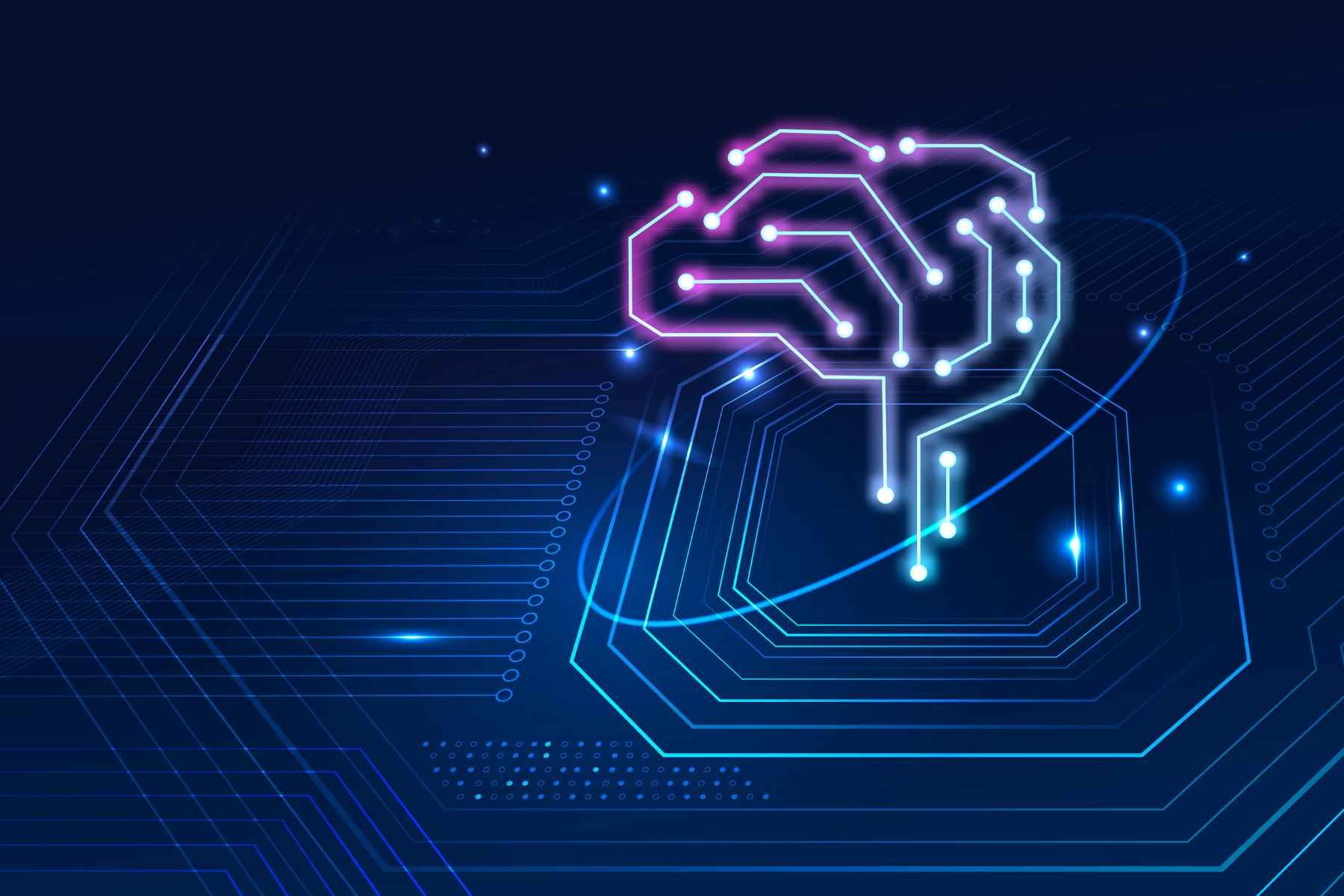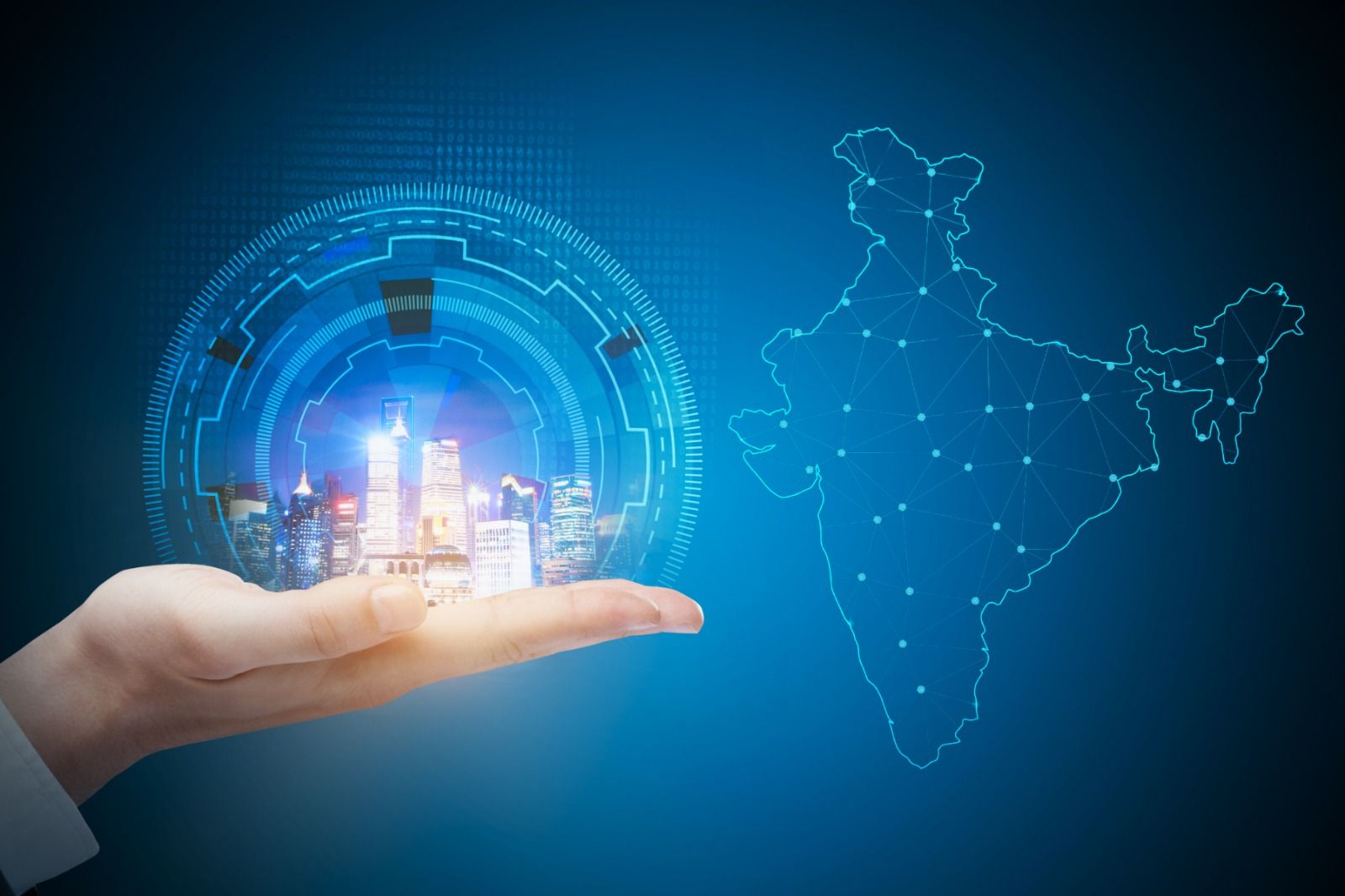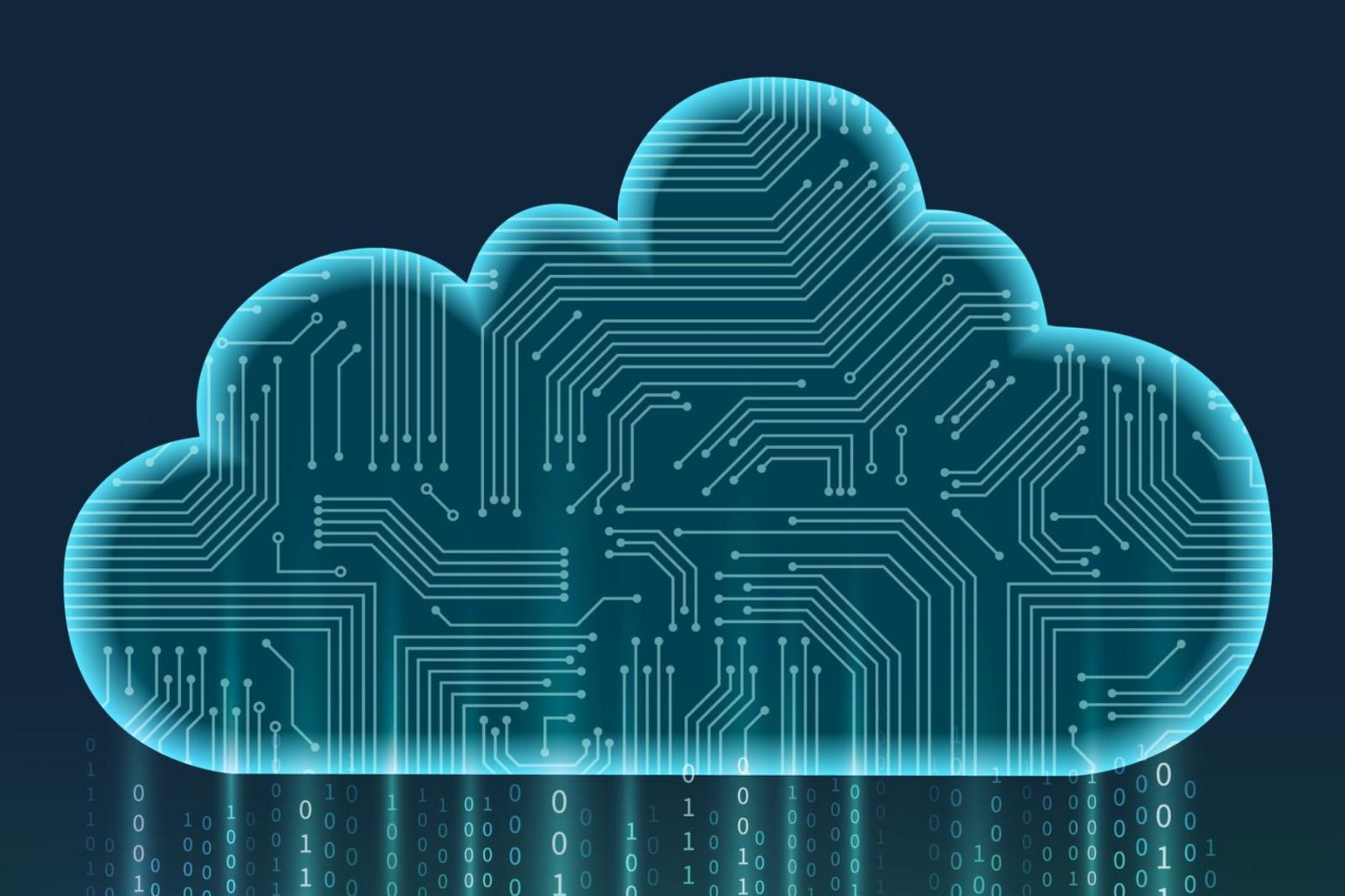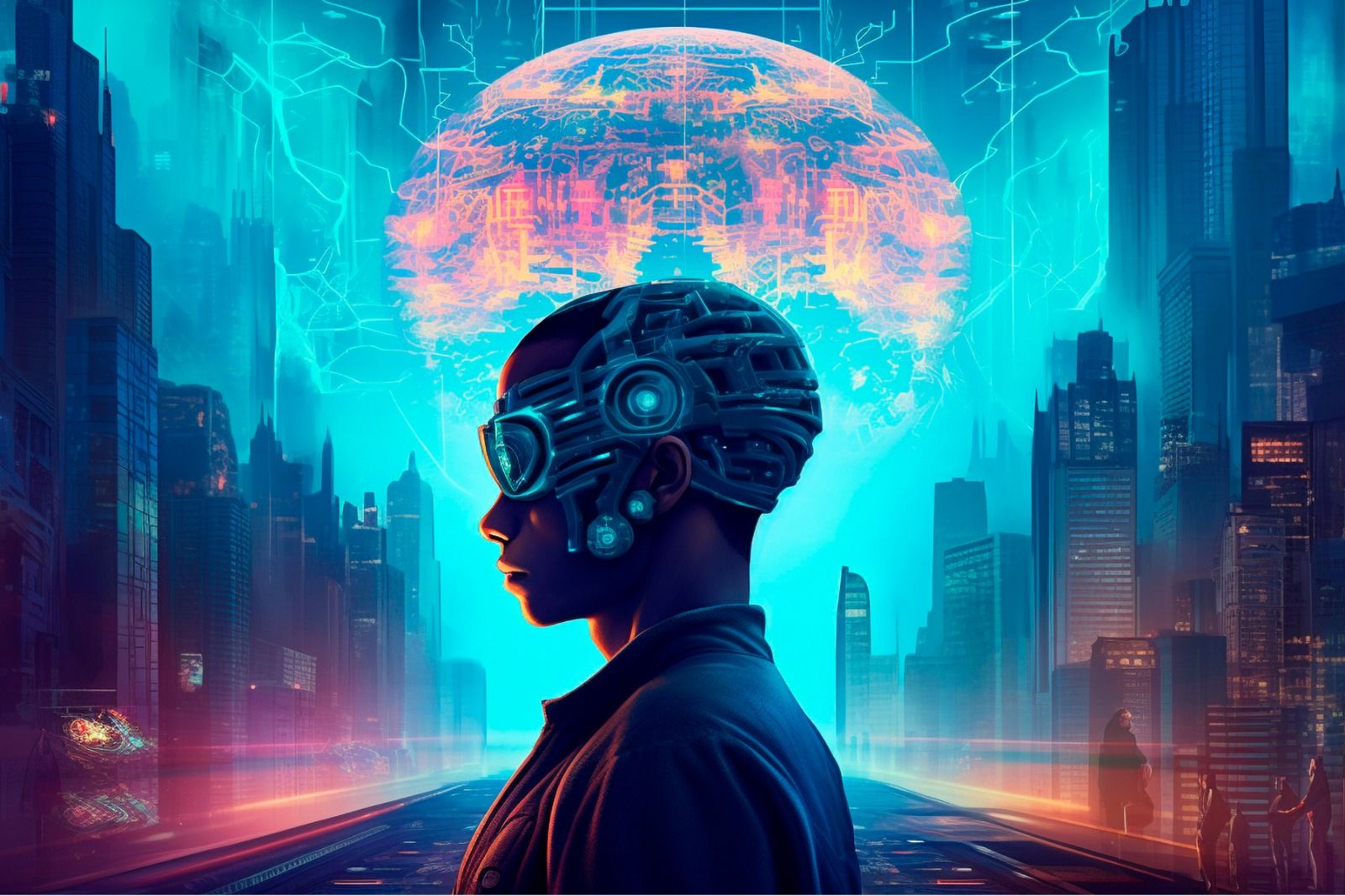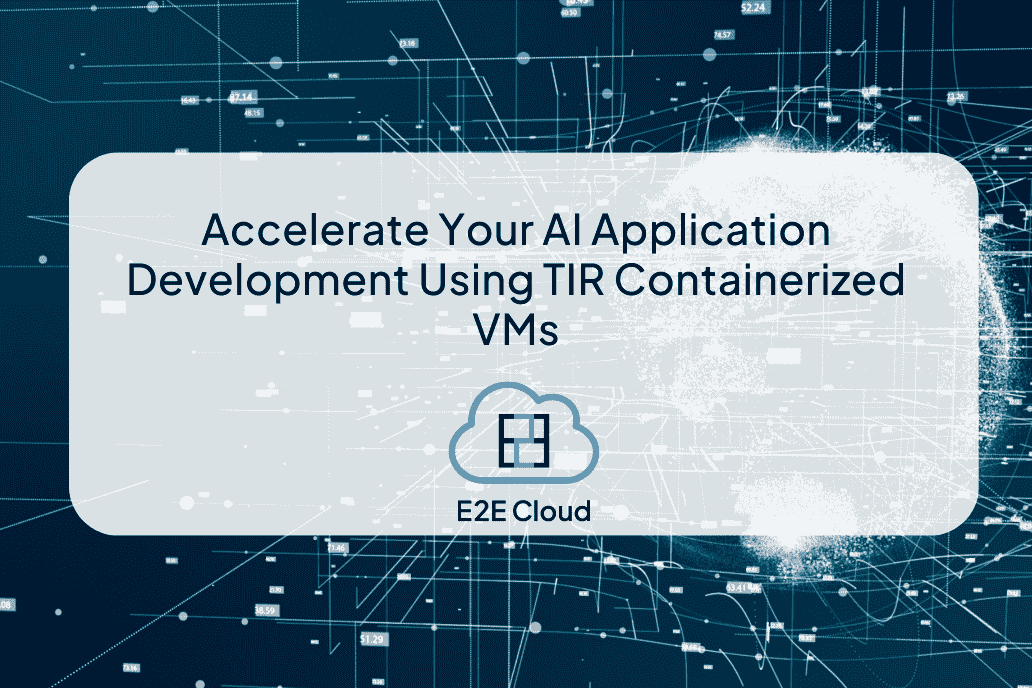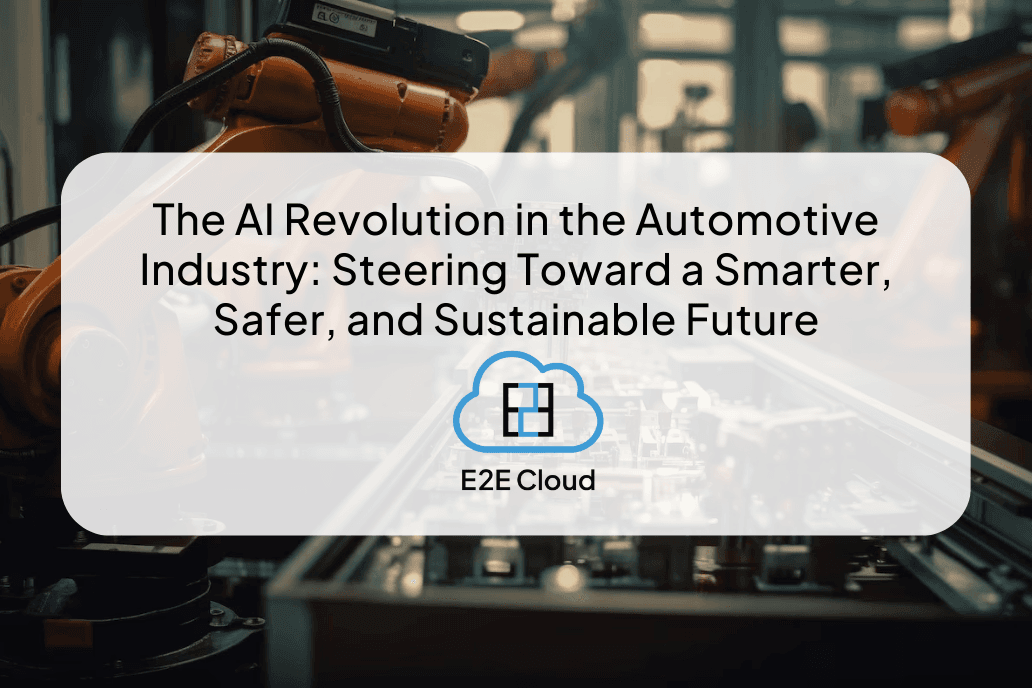Introduction
Microservices architecture is becoming popular among forward-thinking software development companies. It is an innovative solution to release software quickly in the market. While this approach lowers risk, the big concern for companies who are yet to make this transition is what is in it for them? If you want to get an edge over your competitors, it is crucial to understand problem statements that you can fix by following this approach.
In this article, we will give you a deep understanding of what microservices are? How transitioning to microservices architecture will increase your business agility?
What is Microservices Architecture?
Microservices architecture is a software development approach that structures applications as a collection of autonomous services. If you put it in a simple language, it divides a complex application into several sub-applications where each sub-application is responsible for at least one business function. The sub-applications are loosely coupled and are capable of independent deployment. The change in one sub-application does not require updates in all the other sub-applications.
The purpose of microservices is to deploy application components that are independent of each other. Each service is independently maintainable, testable, and deployable. It increases agility and scalability.
Example of a Microservice Architecture
In this article, we have taken an example of an e-commerce application deployed with the microservice model. The below figure shows a UI Microservice application with three modules: search, payments, review & ratings. Each module implements at least one specific business function. All three modules relate to the client browser and can communicate with each other.

Why Should you Shift to Microservices Architecture?
Though Microservices has many benefits to offer, the debate between monolithic and microservice architecture has still not ended. In a monolithic architecture, all the application components unite into a single module and are dependent on each other. The change in one module requires changes in all the interconnected modules. A fault in one system brings down the entire system. It also makes it challenging to scale the software development process. While on the other hand, in a microservices architecture, companies can deploy more resources towards services used a lot more frequently.
These are the services that generate more ROI. Low risk, faster deployment, and scalability are the reasons for Netflix, Amazon, and Uber shifting their deployment to microservices architecture.
Benefits of Microservices Architecture
Microservices architecture enables organisations to grow faster, enjoy high productivity, and innovate better to deploy competitive products in the market. Microservices architecture offers the following benefits:
- Extensibility
Microservices organises applications around business functions. Each module can operate independently. It extends applications to support plugins for new features, interfaces, devices, etc. As applications gain more popularity, you can easily add more features to generate more revenue.
- Scalability
Microservices divides applications into small modules that enable organisations to scale applications up and down. A fault in a single module does not crash the entire system. Hence, applications can continue operating, even after an outage in one or more modules.
- Maintainability
It is easy to maintain a single module in comparison to the entire system. The breakdown of complex software into smaller parts is easier to maintain and test. Each module has a separate storage and database.
Hence, organisations can build, test, and deploy all the modules with far less complexity.
- Agility
All modules in a microservices architecture are loosely coupled. A change in one module does not affect the performance of the other module. You can also update modules individually. It leads to faster development.
- Better Performance|
Microservices architecture leads to better performance of the application. It reduces downtime while developers are troubleshooting the issues and fixing the system back to its normal state.
- Simplicity and Consistency
The modular approach is simple to replicate and easy to manage.
Prerequisites for Implementing Microservices Architecture
It is not a cakewalk to transition your existing development model into microservices. There are a few points that companies should keep in mind before transitioning.
- Resilience
If you do not want to hamper your productivity, you must create a system that can withstand failure. This approach does not state that you create a system that is 100% immune to failure. Keep a broad mind to accept that even if the system crash, you can make a few adjustments to bring the system back to a normal state.
- Management
When you divide the system into several components, you should create several teams to ensure that the system is always operational. This process requires constant monitoring to ensure productivity does not get hampered and all the groups are performing as per the expectation.
- Data Integrity
You must ensure that there are minimal chances of data exposure.
Conclusion
Undoubtedly, microservices architecture supersedes the traditional monolithic model. But it has its challenges. But if implemented correctly, it can lead to more productivity and revenue. Microservices can take your business to a whole different level. If you are inclined towards transitioning into a microservices architecture model, E2E Kubernetes will be of great help.
Request for a Call back to get trial: https://bit.ly/2OI1J09



